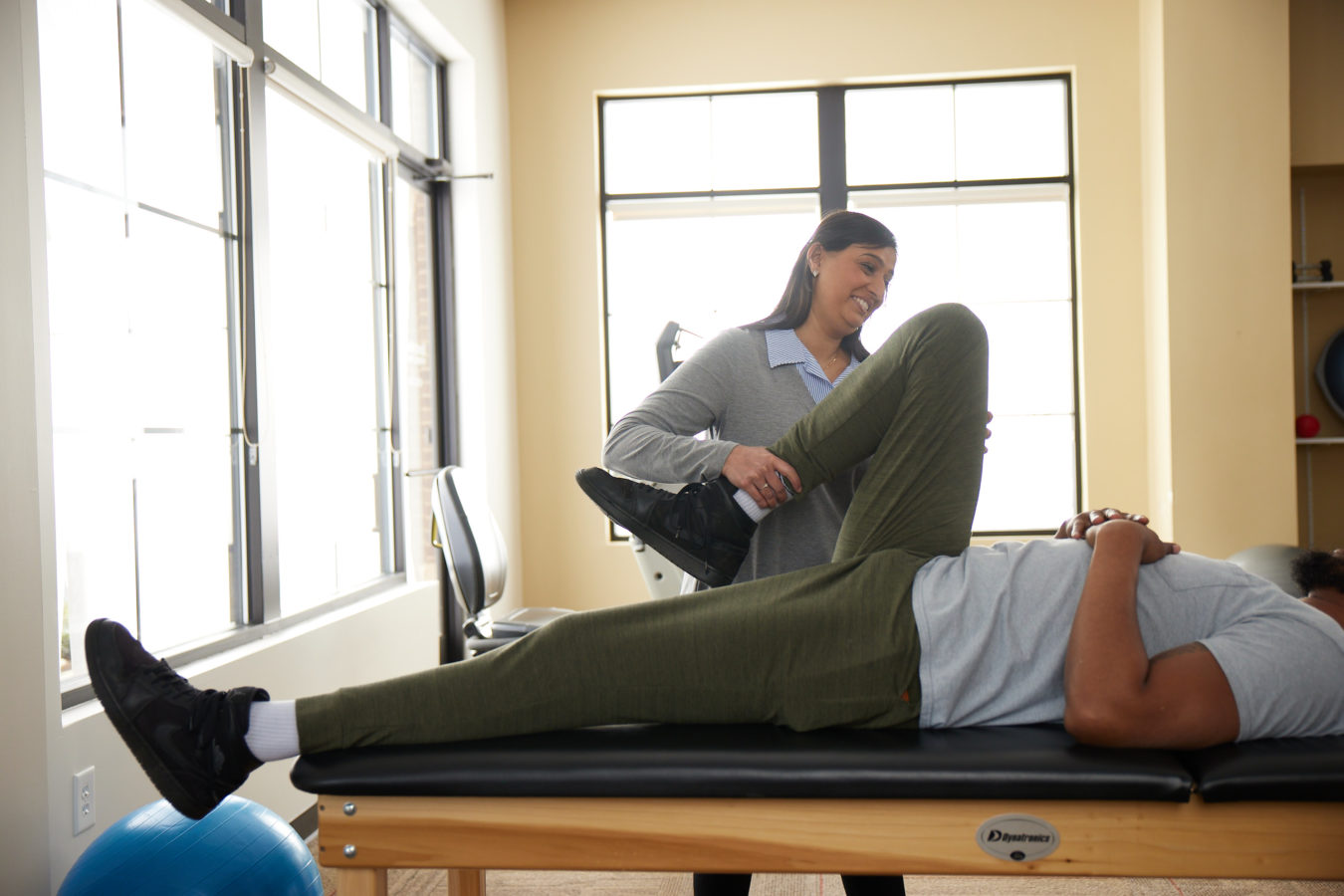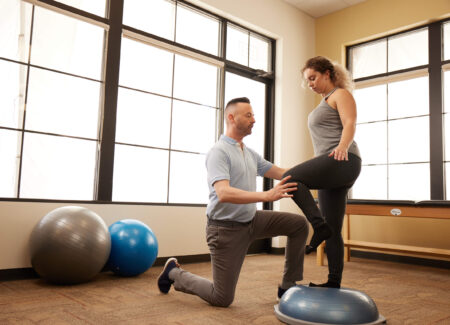
Preventative physical therapy aims to decrease the risk of an ACL injury, which affects approximately 250,000 people in the US each year, according to the CDC.
The ACL, or anterior cruciate ligament, is a knee ligament that attaches from the back of the femur (thigh) to the front of the tibia (lower leg) to prevent movement of the tibia on the femur.
The ACL is injured when the force to the knee exceeds the ability of the ligament to stabilize it. While an injury can occur from a traumatic event, such as a direct hit to the knee, it is more commonly injured through non-contact movements, like hyperextension, an abrupt change in direction, twisting, or a combination of these motions.


ACL injury prevention programs typically consist of a warm-up to increase body temperature and blood flow to the muscles; stretching to the lower extremity including hamstrings, hip flexors, calves, and quadriceps; plyometrics or jump training that focus on improving landing and power; and agility drills focused on coordination, speed, and balance designed specifically for your sport.


*Services are not available at every location. Visit our Locations page for more details.